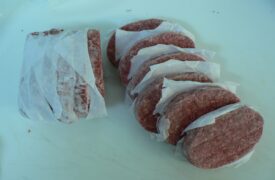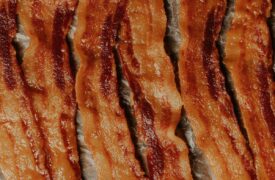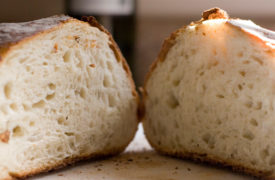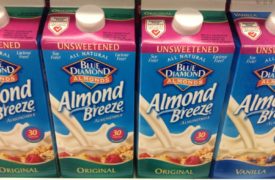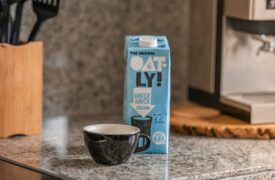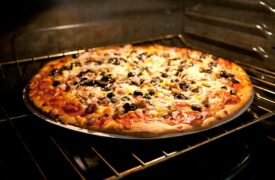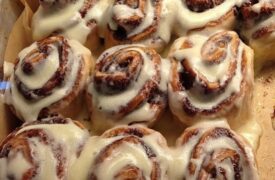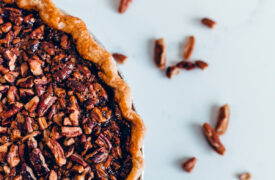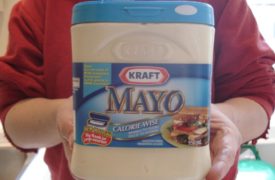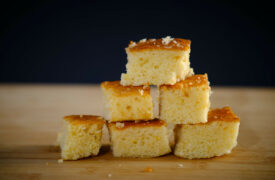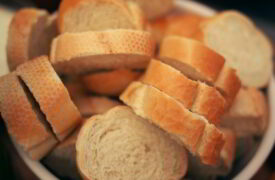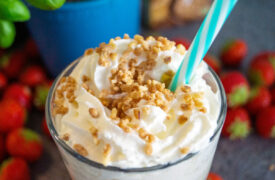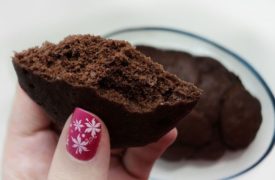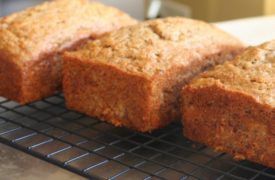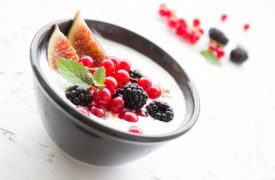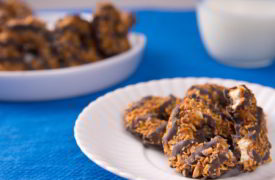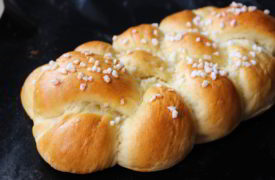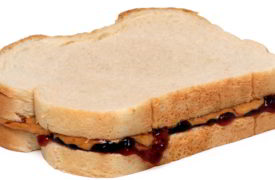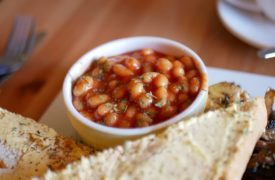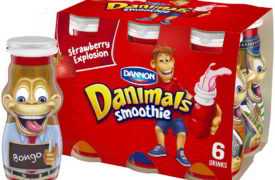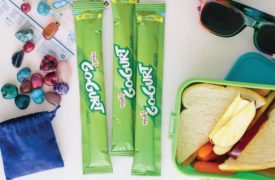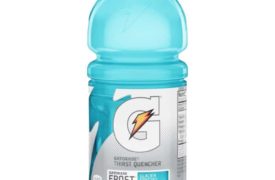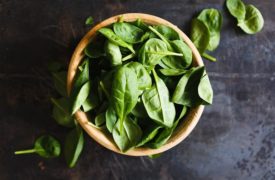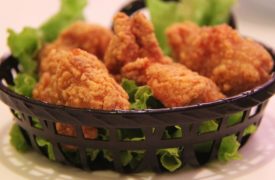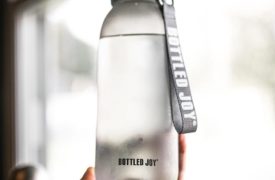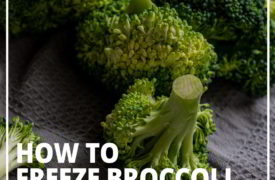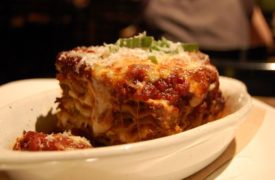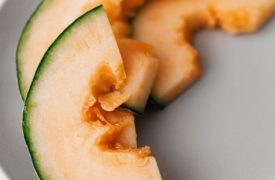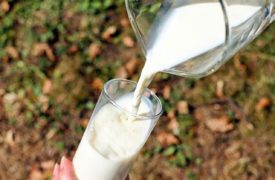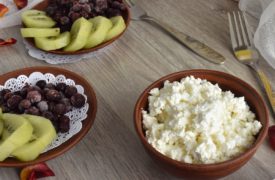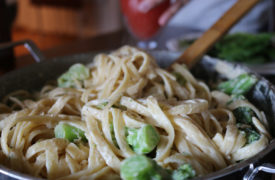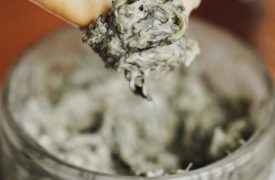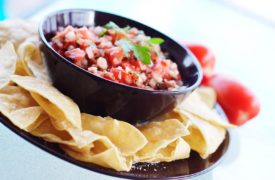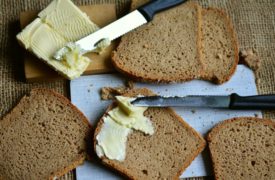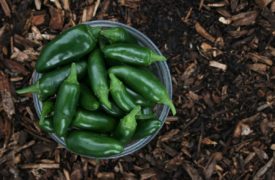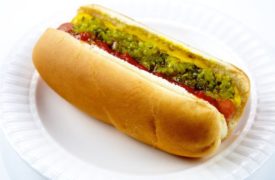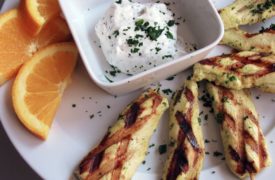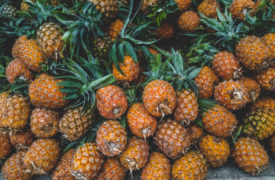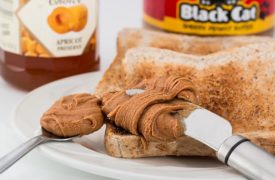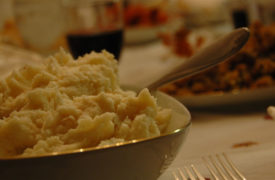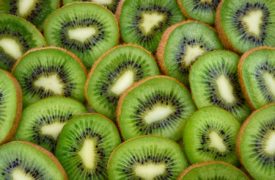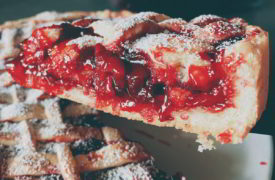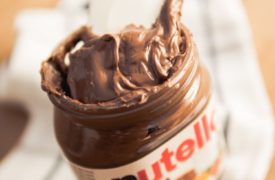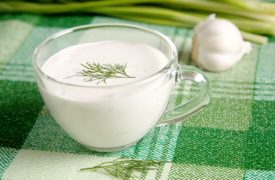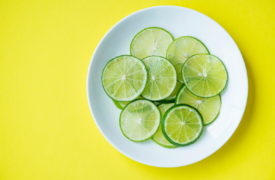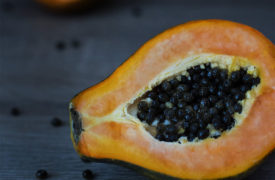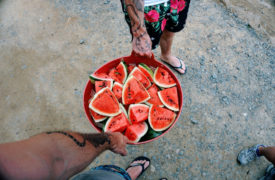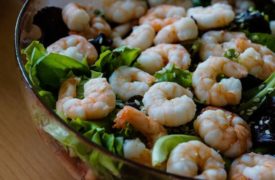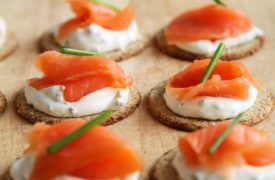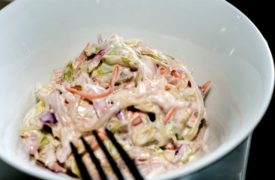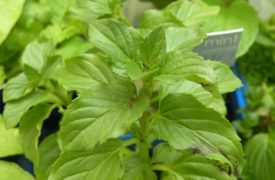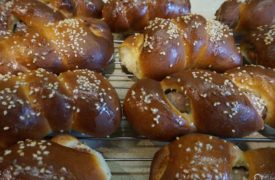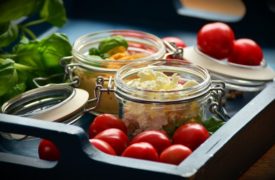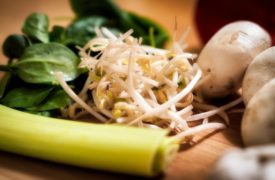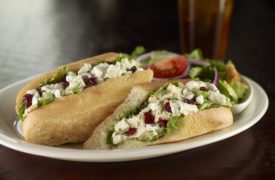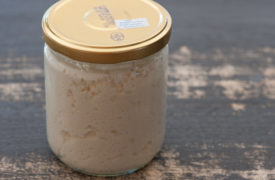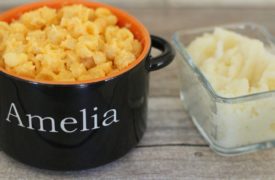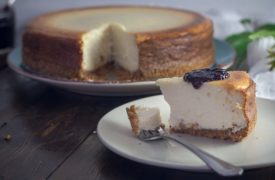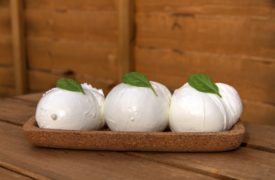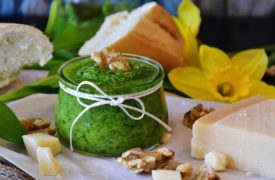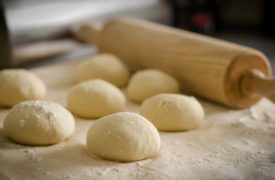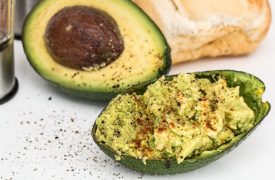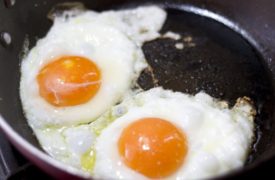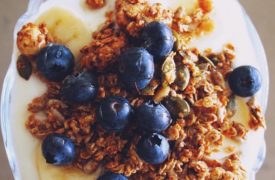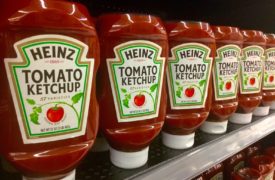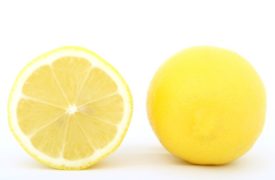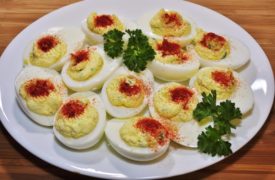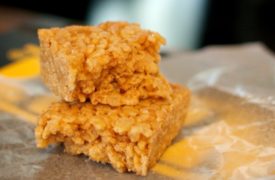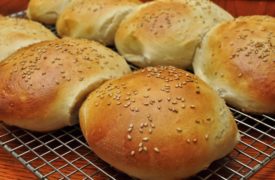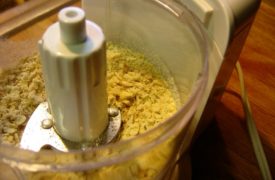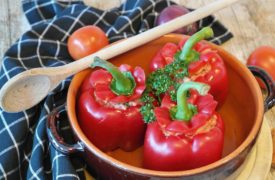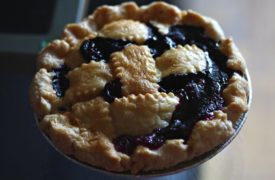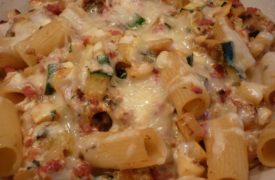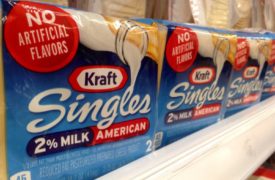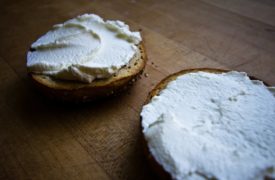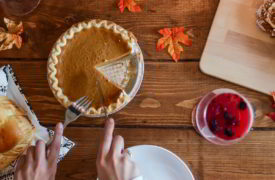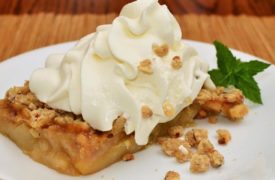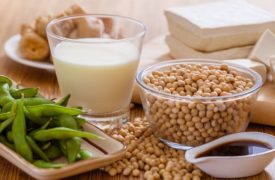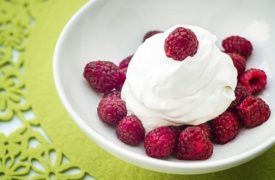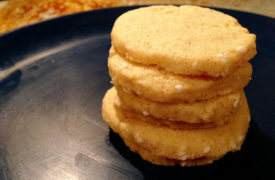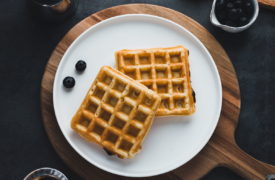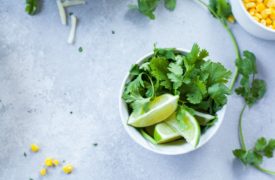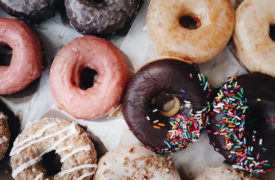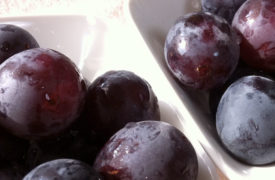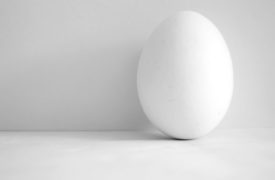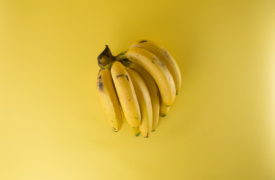If you ended up on this page, you are probably looking to freeze some food. Maybe you had an amazing dinner party and have tons of leftovers that will make for good eating later on in the week. You could also want to prepare food ahead of time and freeze it so that you can store it for a later date. Whatever the reason is, freezing food is easy and when done properly, it can be used an effective way to store food for a later date.
Check out the information below that highlights everything you need to know about storing your food properly in the freezer
How to Freeze Food Properly: A Checklist for Proper Storage
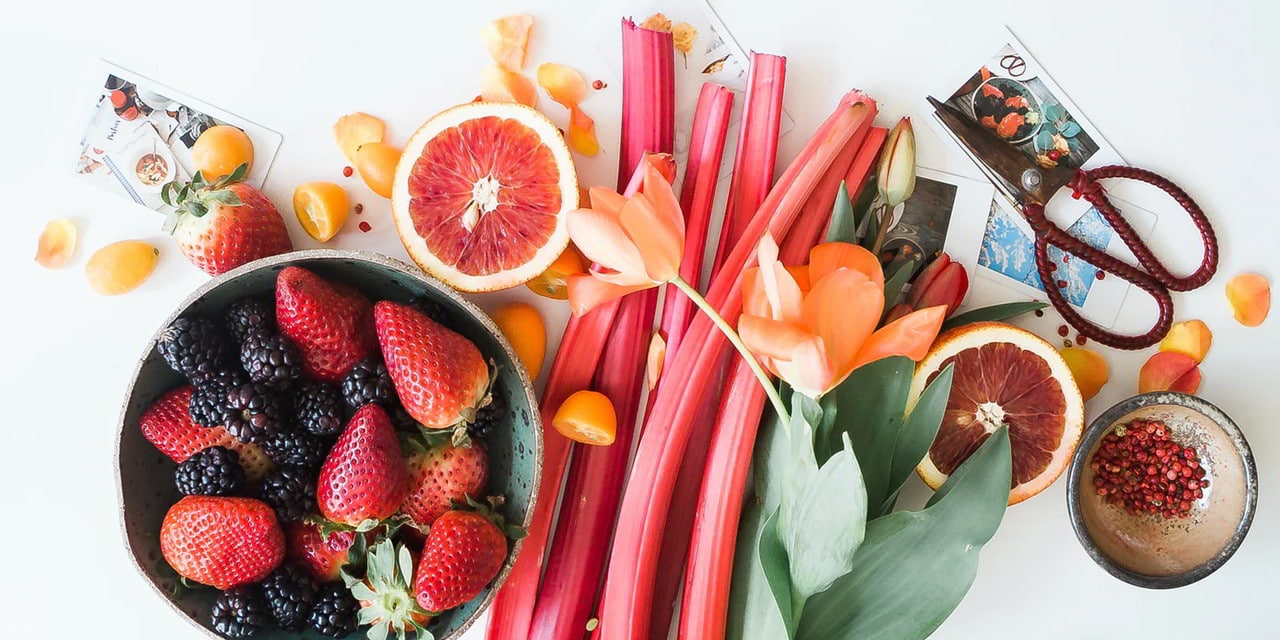
Freezing food properly is more than stuffing it freezer bag or wrapping it in some aluminum foil and throwing it in the freezer.
Each food that you plan on freezing has their own requirements and some may need more detailed prep as opposed to others.
Below is a quick checklist that you should go over, as this will ensure that your food is frozen properly.
1. You Cannot Freeze Everything
While many think they can throw any type of food in the freezer and it will freeze perfectly, this is generally not the reality.
There are some foods that are freezer-friendly and others that should never be frozen.
An example would be some foods that have a high water content, could possibly be ruined if frozen. However, on the flipside, there are other types of foods that freeze really well and once thawed, they would be the same as when you first put them in the freezer.
You should always research the food you are planning to freeze.
2. Be Aware of Freshness
Look at the freshness of the food before you place it in the freezer. It is a good idea to freeze food that are at the peak of their quality, as opposed to those that are close to expiring or are at the end of their freshness. Don’t go about freezing old food because you want to save it and not waste it; the main point of freezing is to ensure that food is kept at its prime.
It is also important that you store your foods at store all foods at 0° or lower make sure that you retain texture, flavor, vitamin content and color.
3. Allow Foods to Cool Before Freezing
Before you attempt to put any hot food in the freezer, it is very important that you allow it to cool. Trying to freeze food that is hot will only cause the temperature of the freezer to increase and this could lead to the defrosting of other foods that are stored in there.
Storing the Food Properly for Freezing
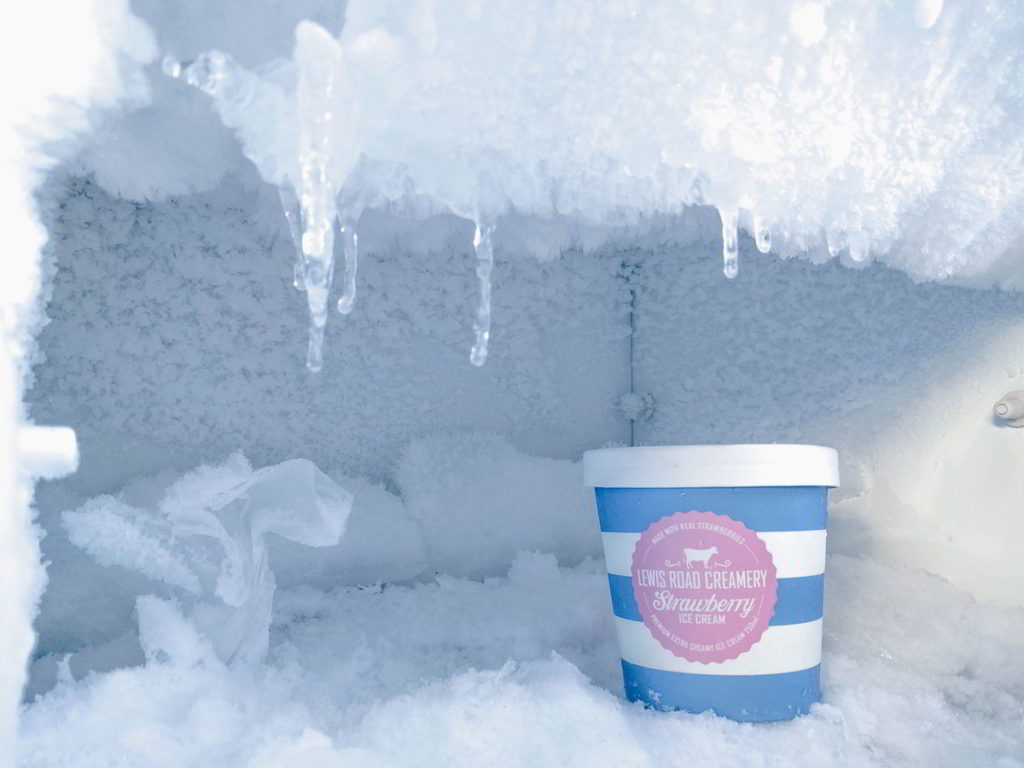
To avoid freezer burn and making sure your foods doesn’t absorb any yucky freezer smells, whatever you are planning on storing needs to be packaged properly. Generally, Ziploc freezer bags are all you need, but depending on the type of food you are working with, you might need additional packaging/containers.
For extra layers of protection, I always suggest that people wrap foods with aluminum foil before placing it in the Ziploc bags or containers. While some say it is not necessary, especially for certain foods, it is always good to be over-prepared than under-prepared.
Some other tips:
- It is also a good idea to squeeze out as much air as possible out of the bags before sealing them.
- Store foods in small servings, as this will help them to freeze quickly and when it comes to defrosting, you can also just defrost what you need.
- Label each container (discussed below) with the name of the food, as well as the date you placed it in the freezer.
Label Foods
If you take a look at any of my food guides that deal with freezing, you will see that I constantly stress that the packages should be labeled. It has happened to me too many times, where I have gone into the freezer trying to find something and ended up running across these mystery packages and have no idea what it is in them or how long it has been sitting there.
University of Nebraska-Lincoln has a pretty good way to label food, which simple and works:
- name of food;
- packaging date;
- number of servings or amount;
- additional helpful information, such as form of food (sliced, chopped, etc.), any special ingredients.
Defrosting
When you are ready to use/eat the food you have frozen, you will have to go about thawing it out. Depending on the type of food, you will more than often allow it to defrost in the refrigerator overnight. Some foods can be done in the microwave, while others can be moved directly into the oven.
Depending on the type of food, some of them should not be defrosted at room temperature (Check individual food freezing guides), as this could lead to bacteria contamination.
Reheating
So once you got the food defrosted, depending on what you put in the freezer, you might have to reheat it. I have a whole section dedicated to reheating, so I got you covered on that. However, depending on what you will be reheating, the oven/toaster oven, microwave, stove-top or even a skillet could be indispensable tools that you will have to use.
How to Freeze Fruits & Vegetables
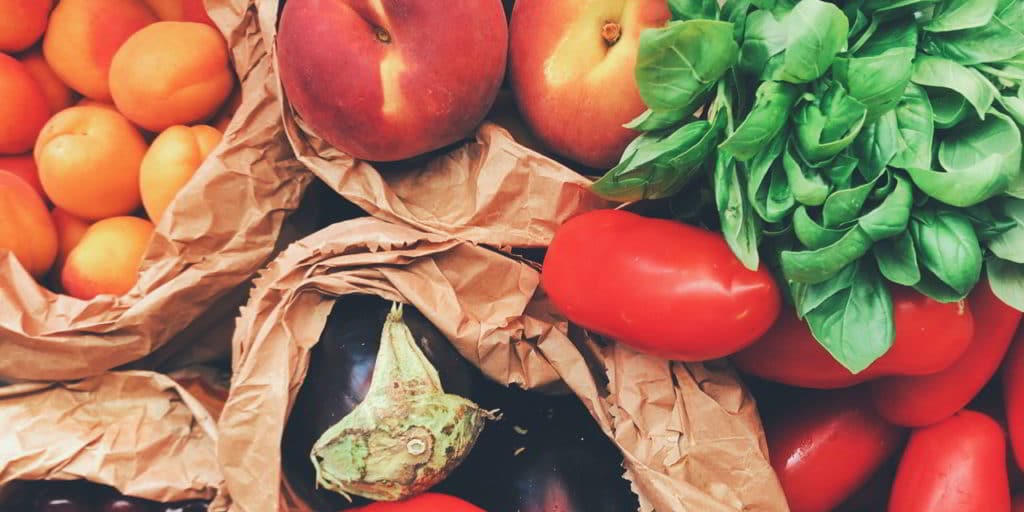
Foods That Freeze Well
Ok, so now that my guide is essentially over, I will tackle the section where people want to know what foods freeze well and which ones don’t.
While freezing food is great for long-term storage, not all foods hold up well.
- Fruits and vegetables with a high water content, such as lettuce, cabbage, strawberries and peaches will come out soggy and mushy when thawed out.
- Potatoes that are cooked tend to develop a gritty type texture when frozen.
- Dairy products are hit and miss, as some cheese freeze well, while others not so well. The same can be said about sour cream, yogurt, milk and heavy cream. They will often separate when frozen and defrosted.
- Sauces and gravies that use cornstarch to thicken them will often separate during the freezing process. You can freeze sauces without using the thickeners and add them after.
- Cooked potatoes develop a gritty texture when frozen.
Below I have it broken down into sections, as well have some detailed guides for many different foods out there. So for whatever food you are looking for, you can get insight into if it freezes well or not, as well as the proper way to prepare it for storage in the freezer.
